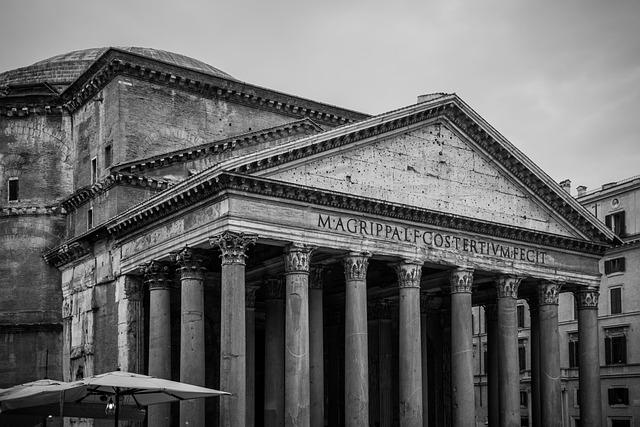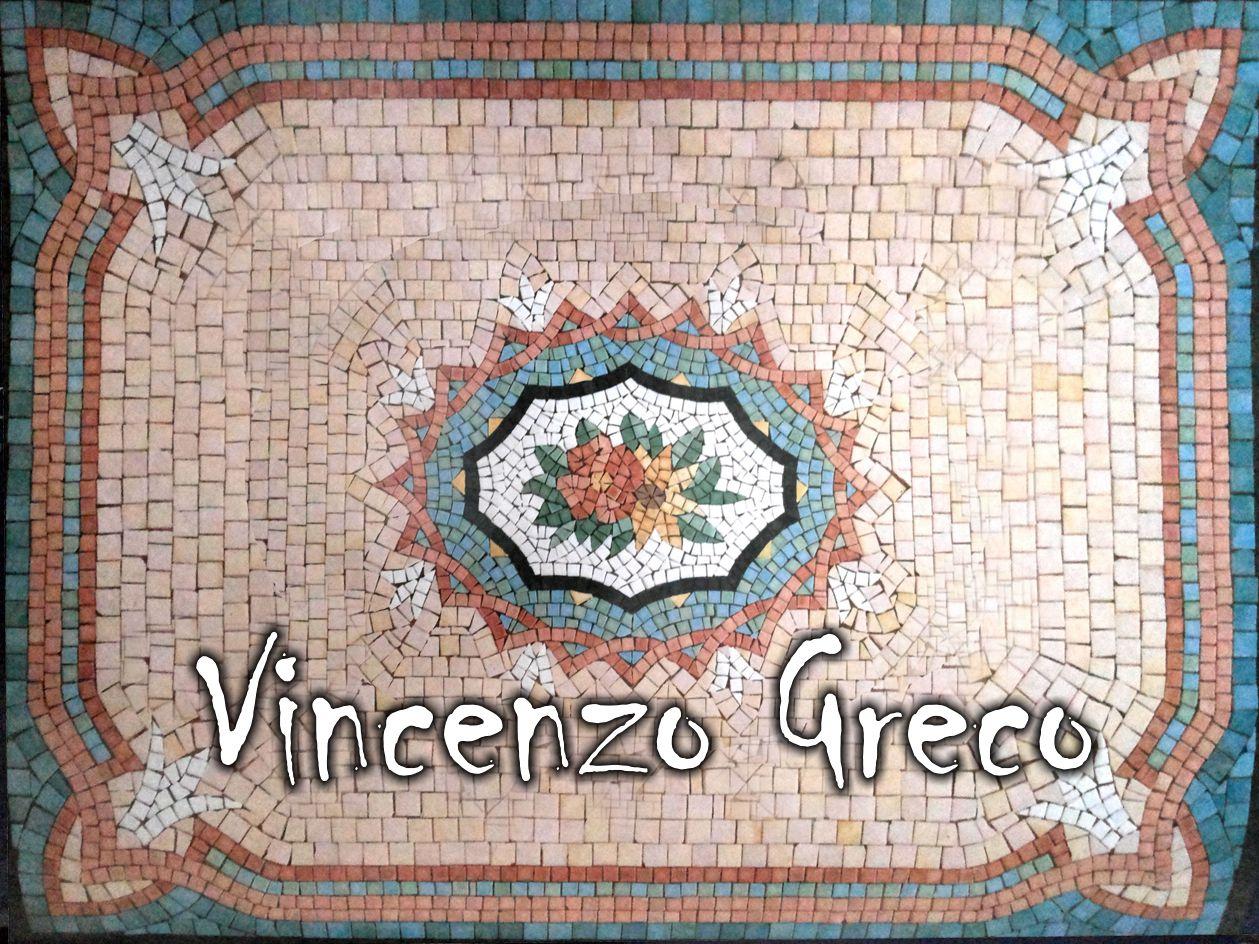In Alfonso Cuarón’s critically acclaimed film Roma, water emerges as a multifaceted symbol, weaving through the narrative with both visual elegance and emotional depth. This article delves into the nuanced symbolism of water, exploring its role in shaping the film’s thematic landscape and emotional resonance. From the cleansing rain to the turbulent waves, water serves as a conduit for the characters’ inner worlds and a mirror reflecting the socio-political undercurrents of 1970s Mexico. Through an analytical lens, we unravel how Cuarón employs water to enrich the narrative, offering insights into the film’s complex interplay between personal and collective experiences.
Water as a Narrative Device: Exploring Themes of Life and Renewal
In Alfonso Cuarón‘s “Roma,” water emerges as a profound narrative device, intricately weaving themes of life and renewal throughout the film. The imagery of water is not merely a backdrop but a dynamic force that underscores pivotal moments. It serves as a metaphor for the cyclical nature of existence, illustrating both the transience and perseverance of life.
Key scenes illustrate how water’s presence reflects the emotional landscape of the characters. Consider the moments when water appears:
- The Ocean: A powerful symbol of both danger and salvation, it represents the unpredictable currents of life.
- Rain: Often accompanies scenes of cleansing or emotional release, highlighting transformation and new beginnings.
- Household Chores: Everyday interactions with water ground the narrative in the mundane, yet they subtly echo the characters’ resilience and adaptability.
Through these visual motifs, Cuarón masterfully employs water to evoke a sense of renewal, inviting viewers to reflect on the fluidity and continuity of life.

Visual Metaphors: Waters Role in Cinematic Storytelling
In “Roma,” water emerges as a potent visual metaphor, intricately woven into the narrative to evoke themes of cleansing, transformation, and emotional depth. Director Alfonso Cuarón employs water in various forms, from the relentless ocean waves to the gentle rain, to underscore pivotal moments in the protagonist’s journey. These elements of nature serve as a reflection of Cleo‘s inner turmoil and resilience, mirroring her emotional landscape and the socio-political currents surrounding her.
- Symbol of Renewal: Water often symbolizes rebirth and new beginnings. In “Roma,” scenes of rain and ocean tides mark transitions and shifts in Cleo’s life, suggesting a continuous cycle of renewal and change.
- Emotional Depth: The use of water not only conveys physical cleansing but also delves into emotional purification. Moments where Cleo interacts with water are laden with introspection and vulnerability, providing viewers with a deeper understanding of her character.
Through meticulous cinematography and thoughtful composition, water transcends its role as a mere element, becoming a narrative force that enhances the film’s emotional and symbolic richness.

Emotional Resonance: How Water Shapes Character Journeys
Water in Roma serves as a profound symbol reflecting the emotional landscapes and transformative journeys of its characters. It flows through pivotal moments, subtly shaping their paths and evoking deep introspection. Cleo, the film’s protagonist, often finds herself in proximity to water during moments of vulnerability and revelation. Whether it’s the turbulent ocean waves or the gentle rain, these elements mirror her internal struggles and growth.
Consider the following ways water influences character development:
- Reflection: Scenes near water often provide a space for characters to confront their emotions and past choices.
- Transition: Water acts as a boundary between past and future, marking significant shifts in their lives.
- Healing: The presence of water symbolizes cleansing and renewal, offering a sense of hope and recovery.
By weaving water into the narrative, the film creates a rich tapestry of emotional resonance, inviting viewers to delve into the depths of human experience and connection.

Analyzing Cinematic Techniques: Waters Impact on Audience Perception
In Alfonso Cuarón’s Roma, water serves as a multifaceted symbol, weaving through the narrative to influence audience perception both visually and emotionally. The use of water is not merely aesthetic; it carries deep thematic significance, reflecting the characters’ emotional states and the socio-political currents surrounding them. Cuarón employs water in various forms—rain, washing, and even the ocean—to represent cleansing, transition, and the relentless passage of time.
- Rain: The recurring rain scenes symbolize both renewal and melancholy, often accompanying moments of introspection or change for the protagonist, Cleo.
- Washing: The act of washing, particularly in domestic settings, underscores themes of routine and servitude, highlighting Cleo’s role within the family and society.
- The Ocean: The ocean serves as a powerful motif of liberation and danger, embodying the duality of life’s unpredictability and the potential for rebirth.
Through these elements, water becomes a silent yet potent narrative device, subtly guiding the audience’s emotional journey and enhancing the film’s introspective depth. Cuarón’s masterful integration of water as a symbolic tool not only enriches the visual storytelling but also deepens the audience’s engagement with the film’s underlying messages.































